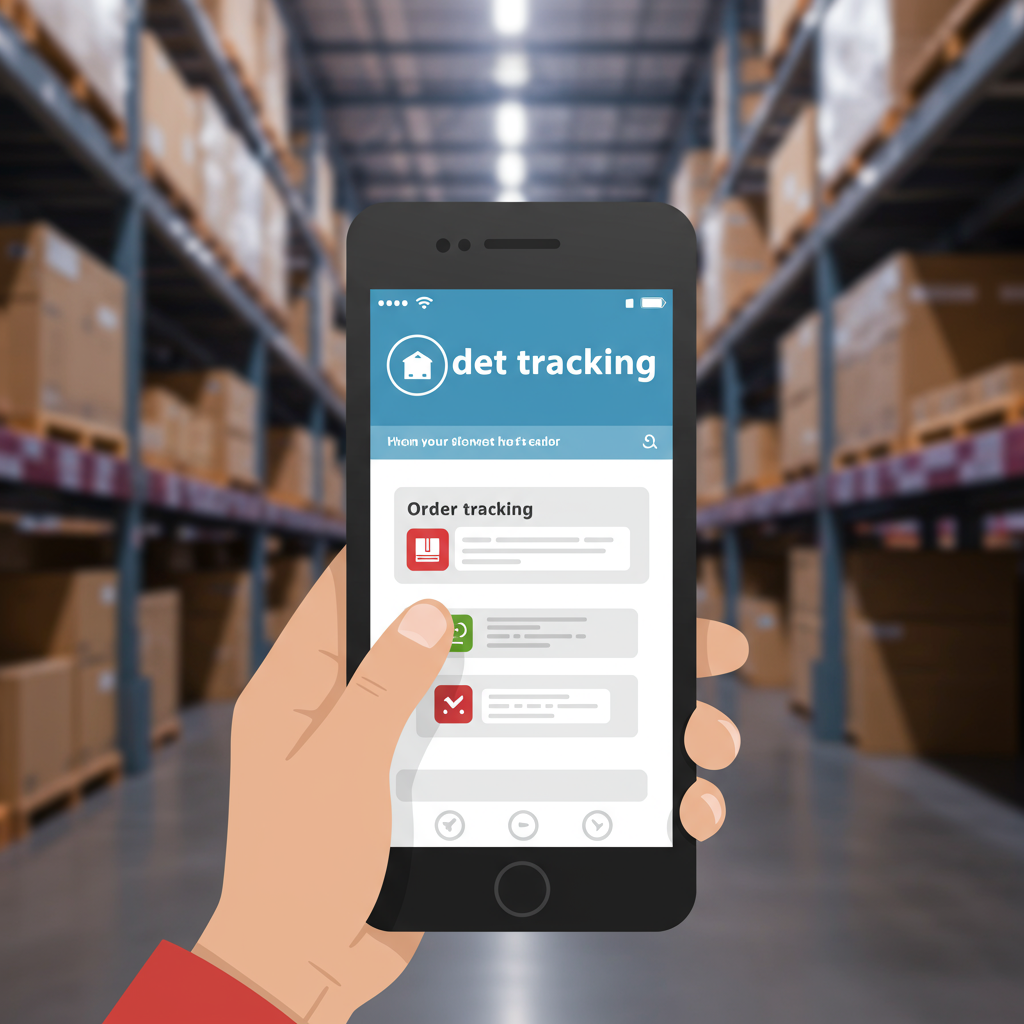Elevate your customer experience and reduce support inquiries by implementing robust order tracking solutions for your Shopify store.
As a Shopify merchant, I know firsthand the importance of a smooth customer journey. From the moment a customer clicks ‘buy’ to the exciting arrival of their package, every step matters.
One of the most critical, yet often overlooked, aspects of this journey is order tracking.
Think about it: once an order is placed, what’s the first thing a customer often wants to know? ‘Where is my order?’
This simple question, if not easily answered, can lead to frustration, anxiety, and a flood of ‘WISMO’ (Where Is My Order) inquiries to your customer support team.
That’s why I’m here to explain how integrating effective order tracking into your Shopify store isn’t just a nice-to-have; it’s a fundamental component of modern e-commerce success.
It’s about building trust, enhancing transparency, and ultimately, fostering customer loyalty.
Let’s start with what Shopify offers natively. Shopify does provide basic tracking capabilities.
When you fulfill an order and add a tracking number, your customers receive an email notification with a link to a simple tracking page.
This page typically shows the carrier and the tracking number, often linking directly to the carrier’s website for detailed updates.
While functional, this native solution has its limitations. It’s often generic, lacks branding, and doesn’t provide a unified experience if you use multiple carriers.
This is where dedicated order tracking integrations come into play. They allow you to go beyond the basics and offer a truly superior post-purchase experience.
So, why should you consider going beyond Shopify’s built-in features?
Firstly, it significantly reduces customer support load. Proactive updates and an easily accessible tracking page mean fewer emails and calls asking about order status.
Secondly, it enhances your brand. A branded tracking page, consistent with your store’s look and feel, reinforces your professionalism and attention to detail.
Thirdly, it improves customer satisfaction. Transparency and timely updates build confidence and reduce buyer’s remorse.
There are generally two main approaches to integrating advanced order tracking with Shopify: using third-party tracking apps or, for larger operations, custom solutions.
Third-party tracking apps are by far the most popular and accessible option for most Shopify merchants.
These apps act as aggregators, pulling tracking information from hundreds of different carriers worldwide into a single, unified dashboard.
Popular examples include AfterShip, Route, ParcelPanel, and Tracktor. Each offers a slightly different set of features and pricing models.
When evaluating these apps, I always look for key features. Multi-carrier support is paramount, especially if you ship internationally or use various local carriers.
A customizable, branded tracking page is another must-have. This allows you to embed the tracking experience directly on your website, keeping customers within your ecosystem.
Automated notification capabilities are also crucial. This means sending proactive email or SMS updates for various statuses: ‘In Transit,’ ‘Out for Delivery,’ ‘Delivered,’ or ‘Exception.’
The ability to handle delivery exceptions (e.g., ‘Attempted Delivery,’ ‘Delayed’) and notify customers immediately can prevent a lot of headaches.
Analytics and reporting features can also be incredibly valuable, giving you insights into delivery times, common issues, and carrier performance.
Integration ease with Shopify is, of course, non-negotiable. Most reputable apps offer one-click installation and seamless data synchronization.
Finally, consider their customer support and pricing structure. Many offer free tiers for a limited number of shipments, allowing you to test them out.
Implementing one of these apps is usually straightforward. You install it from the Shopify App Store, connect your shipping carriers (often just by selecting them), and then customize your tracking page and notification settings.
After setup, it’s vital to test the process with a few dummy orders to ensure everything is working as expected.
Then, communicate the new tracking experience to your customers. Update your order confirmation emails and FAQs to direct them to your new branded tracking page.
For larger enterprises or businesses with very unique shipping workflows, a custom integration might be considered. This involves directly integrating with carrier APIs or building a bespoke tracking system.
However, for the vast majority of Shopify merchants, a robust third-party app provides all the necessary functionality without the significant development cost and complexity.
The benefits of a well-implemented order tracking system are clear: happier customers, fewer support tickets, and a stronger brand reputation.
It transforms a potentially anxious waiting period into a transparent and reassuring experience.
What do you think about the importance of order tracking for your business? Have you found a solution that works particularly well?
In conclusion, investing in a comprehensive order tracking solution for your Shopify store is an investment in your customer relationships and operational efficiency.
It’s about providing peace of mind, building loyalty, and ensuring that the post-purchase journey is as smooth and satisfying as the purchase itself.
I highly recommend exploring the options available and integrating a solution that aligns with your brand and customer needs. Your customers, and your support team, will thank you for it.






